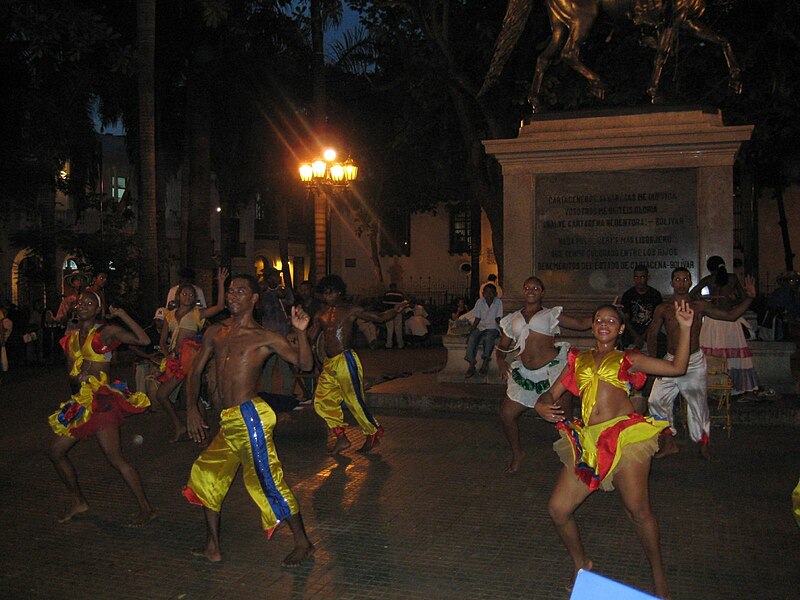
Colombia, with its rich cultural tapestry woven from indigenous, European, and African influences, boasts a dance form that embodies the energy, passion, and resilience of its people—the Mapale dance. This lively and captivating Afro-Colombian dance is more than just rhythmic movements; it’s a celebration of heritage, a testament to unity, and an irresistible expression of joy.
The Mapale dance originated on Colombia’s Caribbean coast, specifically in the regions of San Basilio de Palenque, Maria La Baja, and Cartagena. Its roots can be traced back to the African communities brought to Colombia during the colonial era through the transatlantic slave trade. These communities, determined to preserve their cultural identity, fused their African traditions with indigenous and European influences, giving birth to the vibrant Mapale dance.
The Dance of Seduction
Mapale is often described as a dance of seduction, characterized by its lively and flirtatious movements. Dancers, adorned in colorful attire, move their bodies to the infectious rhythm of drums, maracas, and other traditional percussion instruments. The dance exudes sensuality, with performers engaging in intricate footwork, hip gyrations, and expressive gestures that symbolize the courtship and romantic attraction between partners.
Instruments of Tradition
Central to the Mapale dance are the traditional instruments that provide its irresistible beat. Drums, known as “tamboras,” create the heartbeat of the dance, while maracas and other percussion instruments add layers of complexity to the music. The fusion of these sounds generates an electrifying atmosphere, drawing both dancers and onlookers into the rhythm’s seductive embrace.
The Role of the Community
Mapale is more than just a dance; it’s a communal celebration. In Afro-Colombian communities, it’s customary for people of all ages to participate in the dance, creating a sense of unity and continuity. Through Mapale, cultural traditions are passed down from one generation to the next, reinforcing a sense of identity and belonging.

Celebrating Freedom and Resilience
The Mapale dance is a testament to the resilience of Afro-Colombian communities who, despite centuries of adversity, have preserved their cultural heritage and used dance as a means of celebration and resistance. It’s a way of rejoicing in their freedom of expression and a reminder of the strength found in unity.
Preservation and Global Recognition
In recent years, efforts have been made to preserve and promote Mapale as an essential part of Colombia’s cultural heritage. Festivals and events dedicated to Afro-Colombian culture often feature Mapale performances, ensuring its continued relevance and visibility. Additionally, UNESCO has recognized the importance of Mapale and other Afro-Colombian traditions, designating them as Masterpieces of the Oral and Intangible Heritage of Humanity.
Mapale is more than a dance; it’s a living expression of Colombia’s African heritage, a celebration of love and attraction, and a symbol of unity and resilience. Its vibrant rhythms and seductive movements continue to captivate audiences worldwide, offering a glimpse into the rich cultural tapestry of Colombia. Mapale is a testament to the enduring spirit of a people who, through dance, preserve their identity and celebrate the beauty of life itself.
See all the latest news from Colombia and the world at ColombiaOne.com. Contact our newsroom to report an update or send your story, photos and videos. Follow Colombia One on Google News, Facebook, Instagram, and subscribe here to our newsletter.

